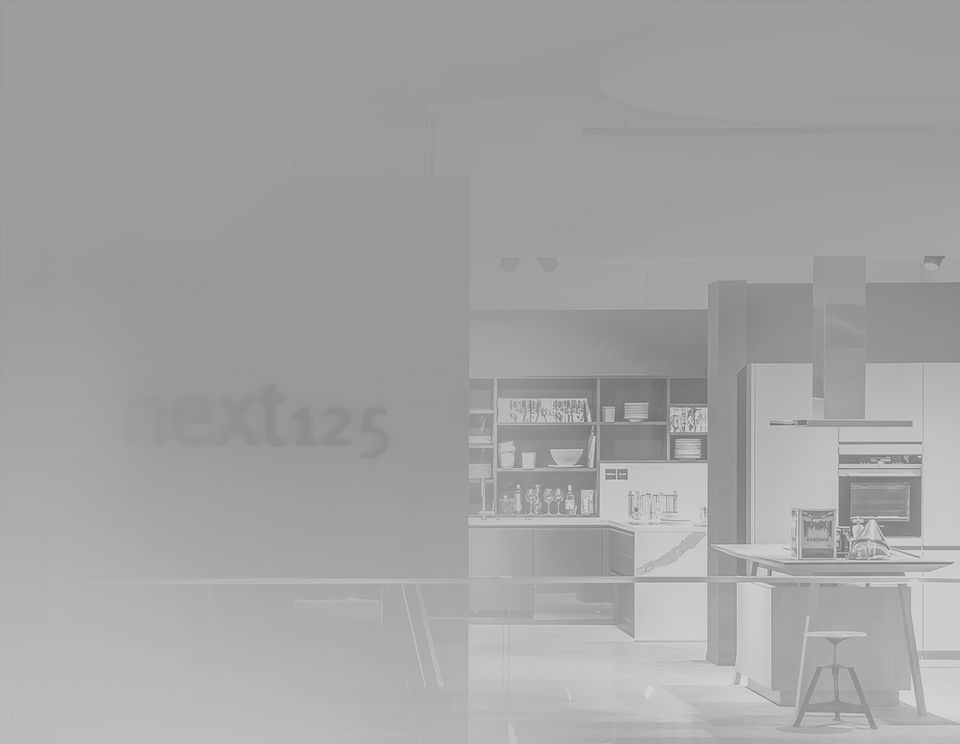
The place
Architecture, design and life
An ingenious construction made of hundreds of natural and freely connected spruce trunks, which in its originality bears the unmistakable signature of the architect with African roots.
Passion for material and form

His sketches depict a cut-open round hut eight metres in diameter and four metres high, made from bundles of unplaned spruce trunks of different diameters and textures. In formal terms, Kéré cites his Xylem Pavilion, which he created in 2019 for the Tippet Rise Art Centre in Montana. Just like the Xylem Pavilion, The Fireplace is organic and warm, enclosed and inviting at the same time.

An emblematic and unique piece of architecture – Model of Francis Kéré's experimental pavilion: an open, protective space
"Kéré's "wooden shell" forms a highly interesting contrast to the purist next125 design brand. While next125 lives by values such as elegance, technology, function and reduction, Kéré's pavilion appears rough, rustic and imperfect like the trees from which it is to be built."
The material: 100% renewable and regional

"The Fireplace" is one of a kind – 600 natural individual pieces screwed together, resulting in a total weight of over 25 tonnes.
For the construction of the pavilion, the Stark carpentry team led by Managing Director Martin Stark developed a solution that was enthusiastically received by Studio Kéré: Instead of a metal frame, the tree trunks are to be connected with fully threaded screws, making the project an almost 100% timber construction. The carpentry company is sourcing the approximately 100 cubic metres of wood to be used from its company forest in the neighbourhood, which is due to be thinned out anyway. Forestry workers will harvest around 600 young spruce trees here in November 2023. The trees will be debarked, shortened into trunks and pushed into the company's own drying plant for dehumidification. The bark, shavings and offcuts from the spruce trees are used as fuel, meaning that 100% of the trees are actually used - a solution that is entirely in keeping with Kéré's philosophy, who is known for his use of local, sustainable materials. Another important detail: each spruce trunk retains its original diameter and is neither planed straight nor varnished. Knotholes, resin bubbles and annual rings of varying thickness remain visible.

"I grew up with wood, and wood still touches me today. Francis Kéré has created something unique from it."

Kéré’s pavilion is both a centre of attraction and a stage for the kitchen – Just as the project partners are communicating with each other over the months, the design and architecture should also be involved in an ongoing, silent dialogue.
"A kitchen must be perfect and precise, but also simple, cosy and inviting. Materials and the feel of the room are therefore becoming increasingly important. They help us to relax in the kitchen and leave our everyday lives behind us."

